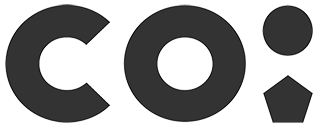Building a resilient workforce in uncertain times
We’re dealing with constant disruptions, from social and political upheaval to the AI revolution, and employees are feeling it.
According to a recent LinkedIn survey, 64% of professionals feel overwhelmed by how quickly their work is changing. To navigate all this, businesses need workforces that can adapt and thrive in an uncertain environment. But how do you actually build that kind of resilience in your people?
The most resilient organizations we’re working with have employees who:
1. Are aligned to a clear North Star that connects to their individual goals and priorities.
It’s easier to adapt through change when you are clear on where you are going and you care about the end goal.
Ask yourself: Have we clearly defined our organization’s purpose, and do we have a few clear strategic priorities that drive us toward it?
2. See their leaders keeping that North Star top of mind and “walking the talk.”
To stay motivated, employees need to see senior executives leading the way and setting an example.
Ask yourself: Are you regularly telling impact stories about how you are living your purpose and vision? Have you defined the core behaviors that enable you to live your values in everyday actions?
3. Have clarity on the WIFM (What’s In it For Me?) of their work.
Employees are more likely to stay and grow through challenging circumstances if they can see how they personally benefit. employer brand tied to the North Star, so employees and prospective talent know the shape of person that belongs at the organization and understand what’s in it for them.
Ask yourself: Do you have a differentiated Employee Value Proposition and do you use it to make strategic investments in the employee experience?
4. Embrace continuous learning.
The core of resilience is an ability and willingness to learn from setbacks and seek to continuously improve.
Ask yourself: Are we embedding continuous learning into a few simple, shared routines and rituals such as regular AARs, in the moment feedback as opposed to annual reviews, and frequent learning opportunities?

